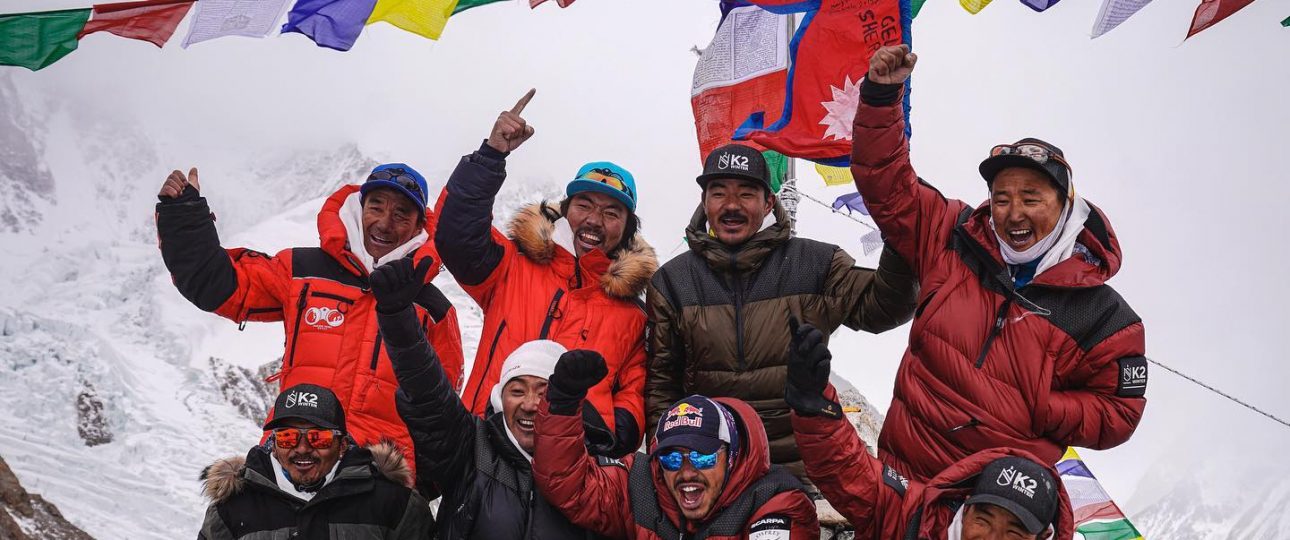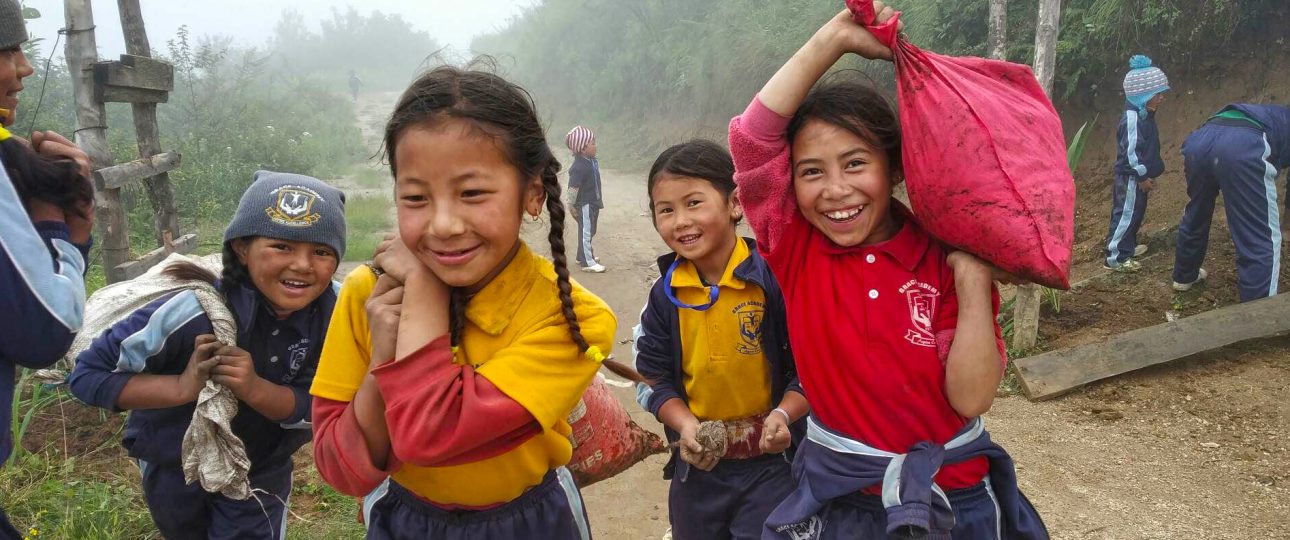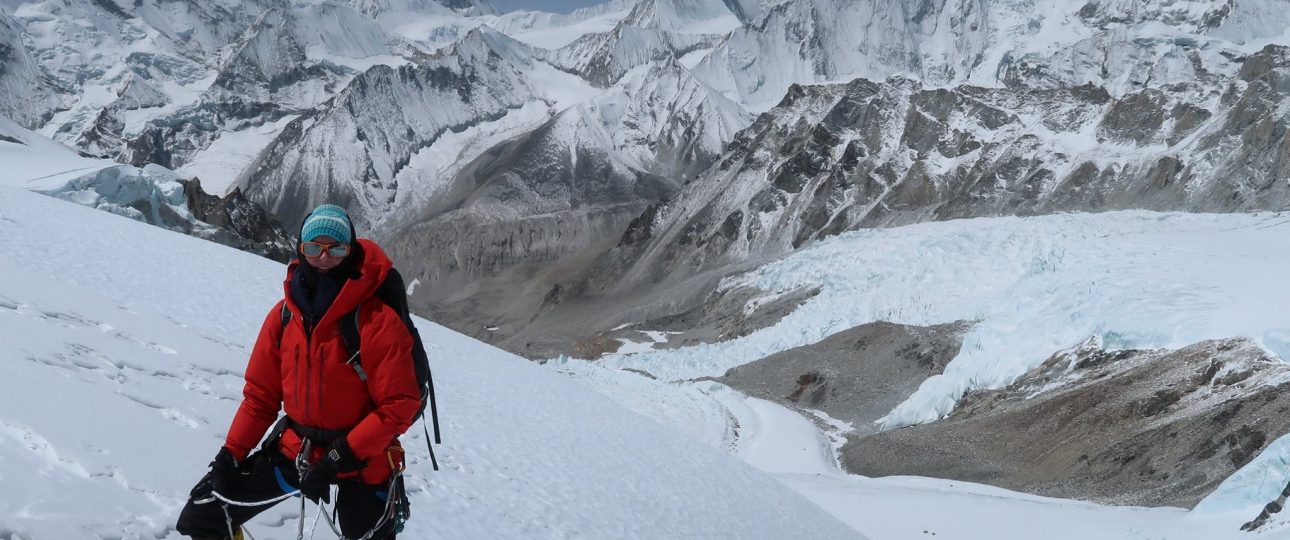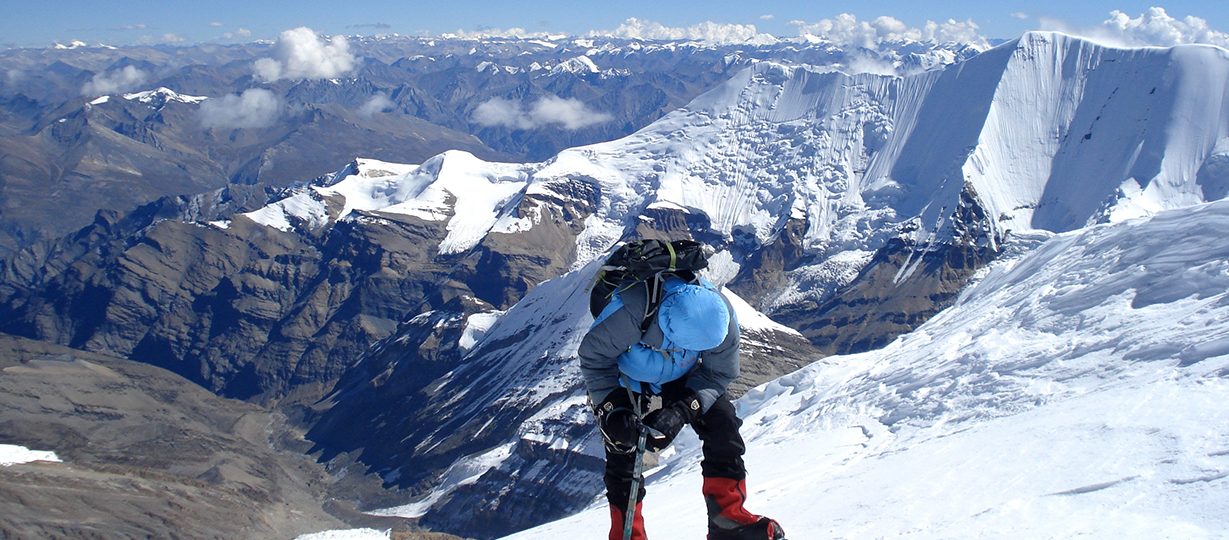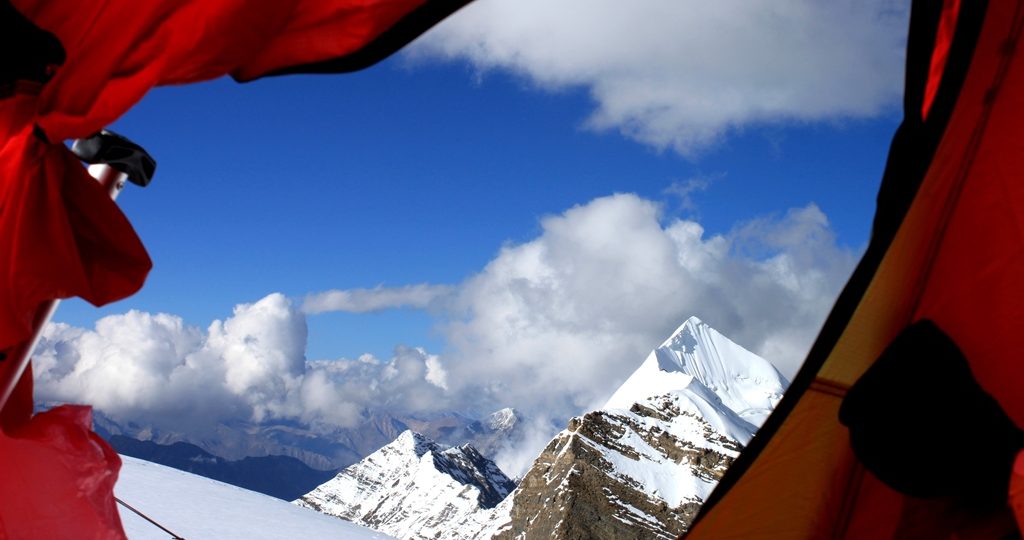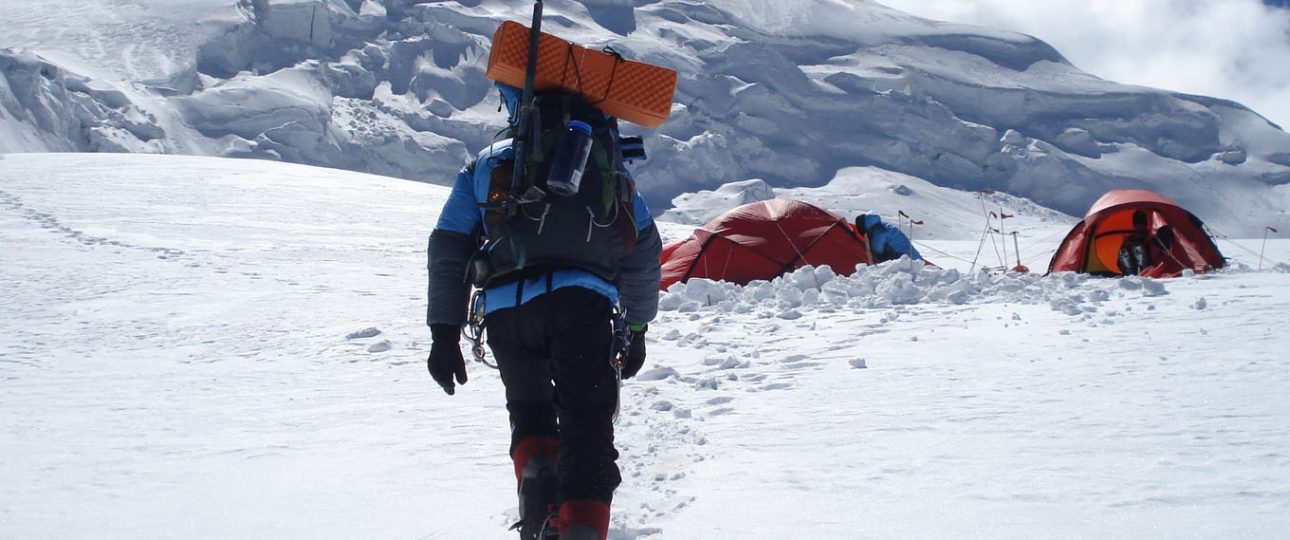First successful K2 Winter ascent has finally been made!!! At 16:58 local time, Saturday the 16th of January 2021, a team of 10 Nepalese mountaineers made the first successful winter ascent of K2, the second highest …
First successful winter ascent of K2
